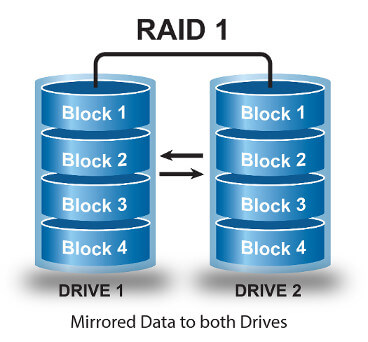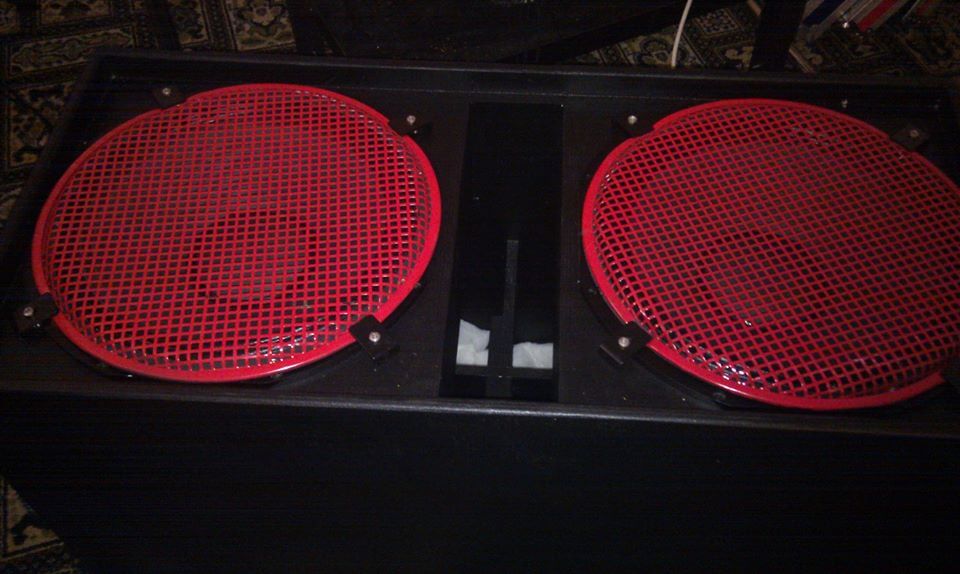FreePBX is an opensource front-end for the Asterisk VoIP solution. It can be installed on a Raspberry Pi via a prebuilt image but what if you want to use it directly on Raspbian (or other distros)? Well, it is possible with a few minor tweaks.

Because FreePBX and Asterisk are tightly bound it is a permissions nightmare to get the web interface to work with any other user than ‘asterisk’. If you already have Apache running for other purposes then this is obviously not ideal. For this reason we need to get second Apache process running as the ‘asterisk’ user, while at the same time allowing the main Apache process to run as is. Here’s how you do that.









